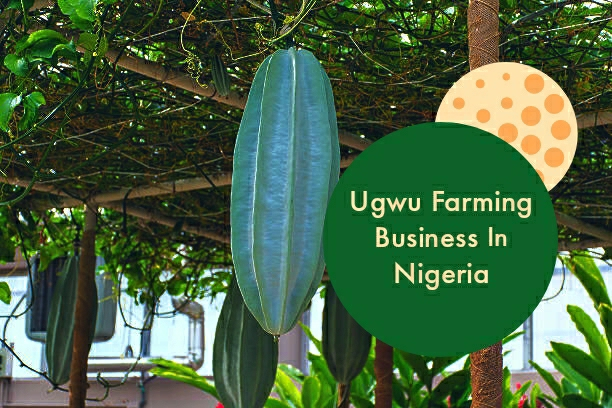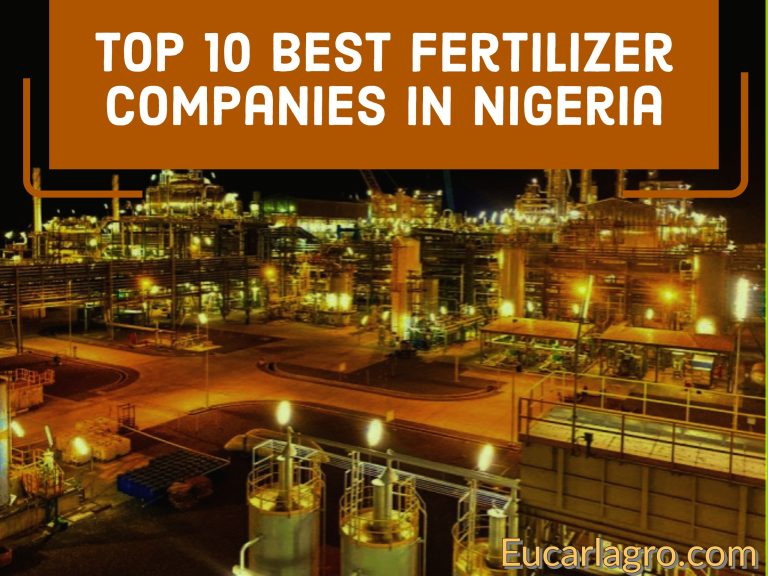List of Nigerian Vegetation Zones
Most Nigerian vegetation zones are greatly influenced by the weather and climates. In this article, we will be revealing different Vegetation zones in Nigeria and where they can be found. Before listing the different Vegetation zones in Nigeria, below is a short detail about vegetation zones in Nigeria.
About Nigerian Vegetation Zones
Vegetations are groups of trees and plants that cover a particular area within a specific period. There are many vegetation zones in Nigeria but we will be covering the major Nigerian Vegetation zones and where they can be found in this article.
Depending on the area whether South, North, West, or East, the temperature and weather changes dictate the different fauna, flora, and vegetation that can be found in different parts of the country. Furthermore, the vegetation is greatly affected by the amount of humidity, rainfall, temperature, soil texture, environmental conditions, and so on. Find below some of these Nigerian vegetation zones and their locations.
List of Major Nigerian Vegetation Zones
Montane Vegetation
As the name implies, Montane Vegetation can be found in high areas like mountains, hills, and plateaus. It is usually covered by grasslands with slopes covered by thick or thin forests depending on the season.
Montane Vegetation is good for crop farming, especially vegetables, grains, and other rich crops. Also, it is good for rearing animals like cows because of its pastures. Montane Vegetation can be found in many mountainous areas in Nigeria including the Obudu Cattle range in Plateau and other parts of Jos.
Rainforest
True to its name, rainforests are thick powerful trees that grow mostly during the rainy season. Rainforest vegetation is usually huge and thick trees with powerful roots spread across the base of the trunks.
It is quite common and can be found in any moist area including the banks and valleys of rivers. Some can also be found in reserves as well as mountainous areas with good moisture.
In the east and south where there is huge rainfall, rainforests can grow up to the height of 40 to 45mm. In the north where there is little rain, their growth is reduced and the soil becomes drier with low humidity.
As a result of this, the forest becomes sper and can turn to savannah vegetation with time and depending on the location. During the dry season, this vegetation sheds off its leaves only to grow back with more vigor during the rainy days.
Guinea Savannah
This is one of the Nigerian Vegetation Zones that is common and can be found in many parts of the country. Guinea Savannah which is covered by different types of grasses is deemed to be the largest. Vegetations in Guinea Savannah zones are usually tall and huge to the extent of covering humans and animals. The precipitation in this vegetation zone is usually high between 1000 to 1400mm.
Unlike rainforest vegetation, some of the trees and plants that grow in Guinea Savannah are resistant to drought. Examples are the Isoberlinia, Kaya, and Nitragina trees.
Sudan Savannah
Close to the Guinea Savannah is Sudan Savannah vegetation which can be found in the North of the latter. Unlike Guinea Savannah, there are fewer grasses with lesser strength. Some of the vegetation in this zone includes Baobabs and Acacia trees.
Furthermore, Sudan Savannah’s vegetation is favorable to the growth of fauna and flora. Some of the vegetation can also be used as medicine by different folks.
Sahel Savannah
This is the extreme type of savannah vegetation with little rainfall. Sahel Savannah can be likened to a desert as the rainy season lasts only 3 to 4 months. Thus, the grasses are short and thin. Some of the plants that can be found include Leptadenia, Acacia Raddiana, Ngibbi, and so on.
Freshwater Swamp vegetation
This is also one of the dominant Nigerian vegetation zones in the coastal region. The vegetation zone which is surrounded by freshwater serves as a habitat for many flora and fauna of different species. Also, it is suitable for fish farming and can be found in the Niger Delta region and other similar regions.
Saline Water Swamp
Similar to the Freshwater Swamp vegetation is the Saline Water Swamp. It can also be found in the coastal areas in Nigeria although, the water is salty. Therefore, only a few species can survive in this environment, unlike the Freshwater Swamp vegetation. Some of the areas covered include Sapele, Badagry, Lekki, and other places.
Mangrove Swamp Forest
Mangrove Swamp Forest is also one of the Nigerian vegetation zones that have poor soil. Despite being located in the coastal areas where there is water, it is too salty for the growth of many crops. Just like the Saline Water Swamp, it doesn’t favor the growth of most plants. Although some coastal southern parts of the country with non-salty marsh are suitable for rice farming.
Read Also: 10 Importance of Agriculture in Nigeria
Final Thoughts about Nigerian Vegetation Zones
As mentioned earlier, most vegetation zones in Nigeria are controlled by climates and conditions. The vegetation in each zone depends a lot on the season and environment.
In addition, some favor the growth of plants and animals while some are too harsh on them. Each Nigerian vegetation zone has its different characteristics that contribute to nature.


![How To Start Potato Farming in Nigeria ([year]) Start Potato Farming in Nigeria](https://eucarlagro.com/wp-content/uploads/2023/11/Start-Potato-Farming-in-Nigeria.webp)

![Easy Ways to Start Mango Farming Business in Nigeria ([year]) Mango Farming](https://eucarlagro.com/wp-content/uploads/2023/11/Mango-Farming.webp)
![How to Start Apple Farming in Nigeria: [Complete Guide [year]] How to Start Apple Farming in Nigeria](https://eucarlagro.com/wp-content/uploads/2023/07/How-to-Start-Apple-Farming-in-Nigeria-768x576.jpg)
